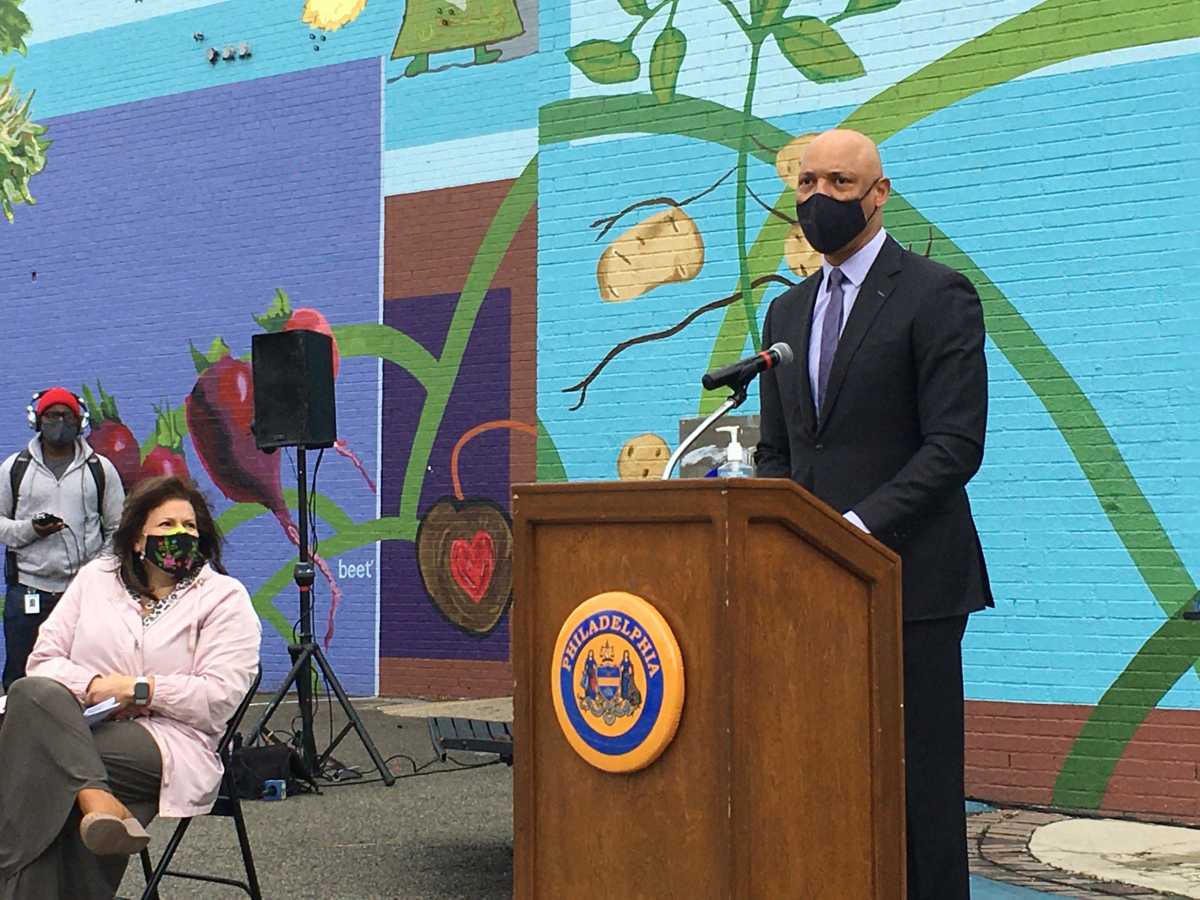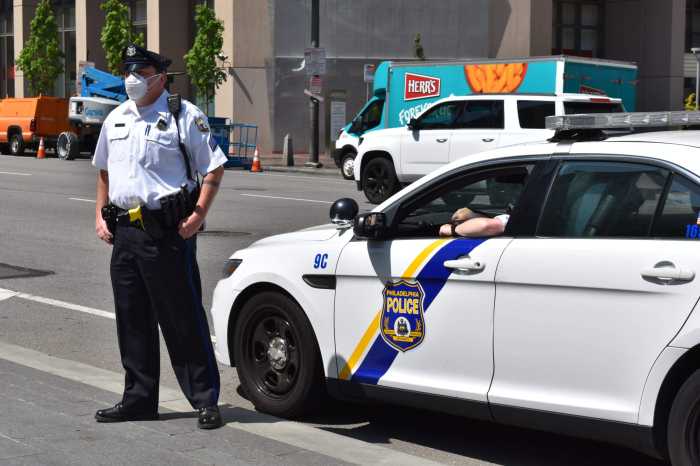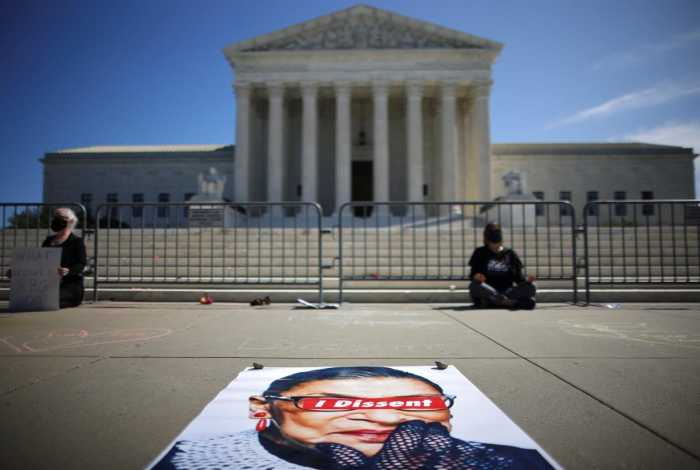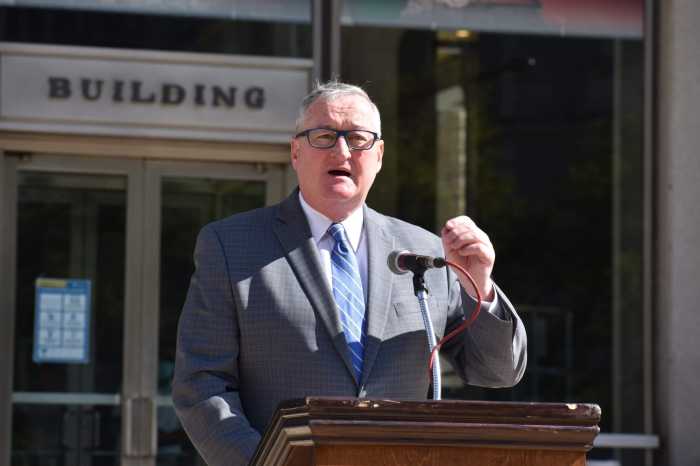Mayor Jim Kenney’s administration, in conjunction with the School District of Philadelphia, is rebooting a traffic safety education program, expanding it to cover more children.
The curriculum is meant to keep kids safe while they’re walking and biking around their neighborhoods, but officials hope it also imbues them with lessons they will use once they get behind the wheel.
“There’s no better place to start than with young people,” City Councilwoman Maria Quinones-Sanchez said Monday at an event marking the launch of the program, called Safe Routes Philly.
A much smaller initiative with the same name existed between 2010 and 2014 focusing mainly on 2nd and 5th grades. It has been on hiatus as the city developed a new curriculum for pre-K to 5th grade students and high schoolers.
“As a major urban school district, it should come as no surprise that the majority of our students walk or take public transportation to schools,” district Superintendent William Hite said.
Safe Routes Philly is part of Vision Zero, Kenney’s broader strategy to eliminate traffic-related fatalities by 2030.
So far this year, 27 people have died in crashes, including a 3-month-old baby, and, in 2020, nine people under the age of 19 were killed, according to police data.
“There’s too many people with their muscle cars and out in their cars in the street just gunning it and going crazy, moving lane to lane, not signaling, running heavy on big streets and small streets,” Kenney said.
“Just do us all a favor and take your foot off the gas just a little bit and look around you and care about other people for a change,” the mayor added.
Officials revamped Safe Routes Philly after three years of conversations with teachers, parents, students and residents, Deputy Managing Director Mike Carroll said.
A hand-out for kindergarten and first grade families encourages parents to walk around their neighborhood with their child and explain traffic laws and safety. It also includes quiz questions to make sure students are retaining the information.
In an activity booklet for grades 3 to 5, students are shown illustrations and asked to mark the pictures showing unsafe behaviors.
Joe Ciervo, a long-time gym teacher at William Cramp Elementary School in North Philadelphia, said he has incorporated traffic safety messages into his curriculum alongside lessons about littering and recycling.
“I think it’s important for the young kids to learn as they’re walking with their parents, then with their big brothers and sisters and eventually by themselves to school,” he said. “It’s worked out pretty well.”
Although the curriculum is free and available to any teacher, Safe Routes Philly will begin actively implementing it in a select number of schools in areas with a high number of pedestrian crashes involving kids. The goal is to expand it to a quarter of public schools by 2025, officials said.
For elementary school students, the lessons will likely be part of their physical education classes, and it will be used in some after-school programs, said Tara Woody, the program’s coordinator.
The high school curriculum includes an oral history of how children’s transportation has changed over time, as well as information about Vision Zero, she said.
“It’s pretty important to remember, with high school, we have to get a little bit creative about how we teach traffic safety education,” Woody added. “They already know how to cross the street.”
Carroll said the city is hoping to develop a similar program for middle school students.
Safe Routes Philly is funded by the Pennsylvania Department of Transportation. It likely won’t get into full gear until next school year.





























